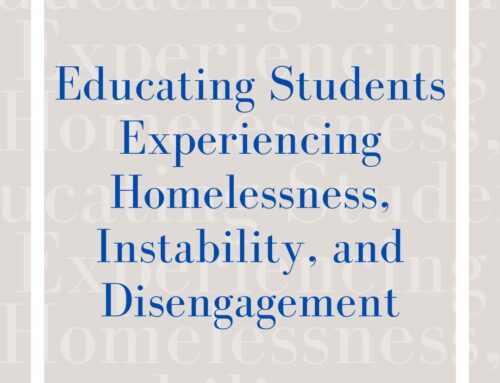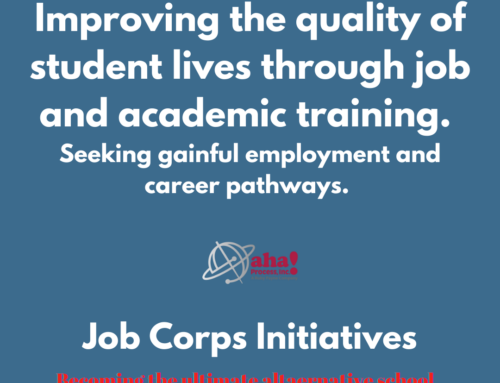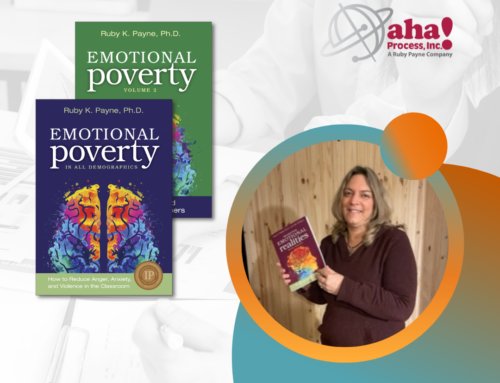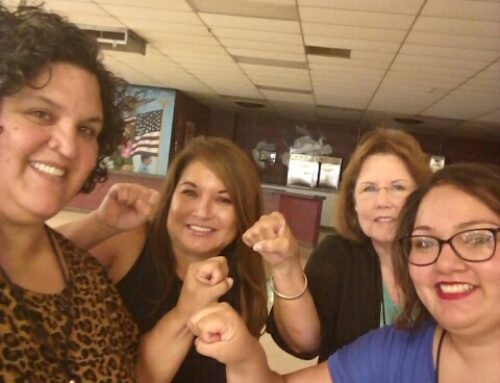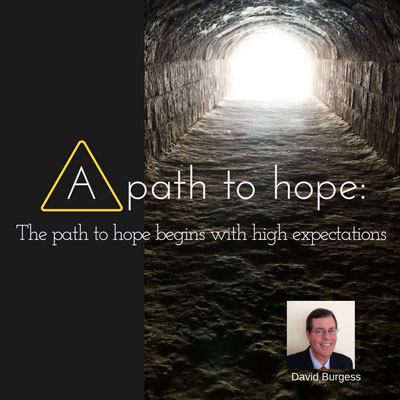 Research has shown for more than 40 years that low achievers and minorities are called upon less often, asked less challenging questions, given little time to think before answering or after asking questions, and receive less helpful corrective feedback. Does that surprise you? What can be done about this?
Research has shown for more than 40 years that low achievers and minorities are called upon less often, asked less challenging questions, given little time to think before answering or after asking questions, and receive less helpful corrective feedback. Does that surprise you? What can be done about this?
A High-Expectations classroom that starts with Equitable Distribution. What does that look like? Every child in such a classroom expects to be called upon at any time. That is the teacher’s expectation. It’s the antithesis of calling only on those with their hands up. Of course, it’s easier to call on those who usually know the answer, but the result of focusing mainly on the few and not the uninvolved or off-task tends to kill the motivation of the latter two groups for getting involved at all! Every student, every teacher, every day.
Where does motivation come from? Whether to do what someone wants you to do is always, ultimately, an internal decision. That’s what motivation is: It’s up to each individual. Or as Fred Jones says in Tools for Teaching, the motivation question is always “Why should I?”
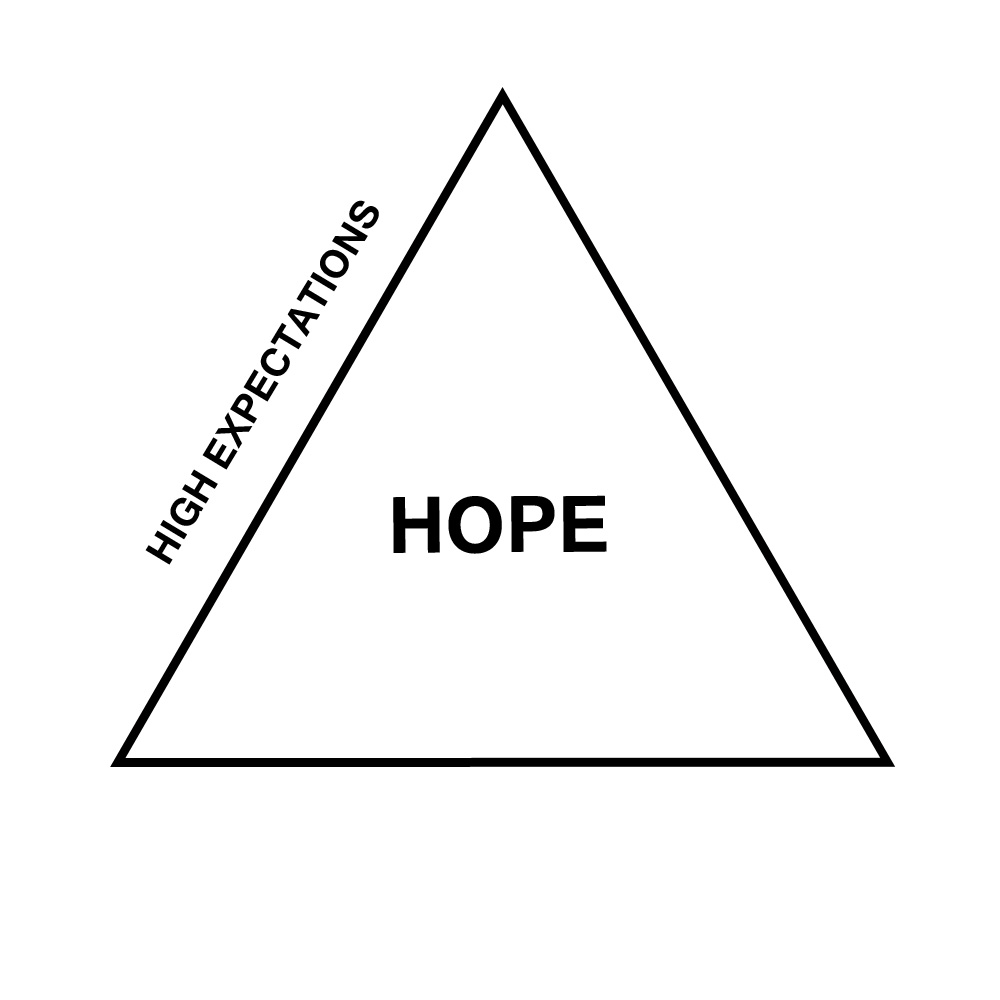 How do you build the expectation that you expect everyone to be ready? What is very motivating to students is for them to know—and it really sounds too simple—that the teacher cares about them. I don’t mean some Pollyanna interactions; I mean the student says to himself: “She thinks I can do this. She thinks I am smart.”
How do you build the expectation that you expect everyone to be ready? What is very motivating to students is for them to know—and it really sounds too simple—that the teacher cares about them. I don’t mean some Pollyanna interactions; I mean the student says to himself: “She thinks I can do this. She thinks I am smart.”
The decision to get involved in the classroom must first be made in each student’s head. The student realizes: I am responsible to try to answer, do the task, do my best. No one will do it for me. So it’s that caring teacher who builds a relationship based on respect and expectations.
How does the teacher build these relationships? It’s a process of developing what Boykin and Noguera in Creating the Opportunity to Learn call TSRQ: Teacher-Student Relationship Quality. It means the teacher is respected for the work she does, and students know they are, in turn, respected as young persons worthy of the teacher’s efforts and attention. Respect must be mutual, or there is no relationship. More about TSRQ in a future blog.
The first specific teacher action in a High-Expectations classroom involves asking higher-order questions. How many questions does the average teacher ask in a day? More than 400. How many of these are higher order? From as little as 6% to 25%. So 300 or more questions asked each day in classrooms with at-risk kids tend to be low-level recall of facts and terms.
In the classroom of a teacher who fosters higher-order thinking, however, what the student sees and feels is that the teacher expects him to think—to at least try. He may shrug or even say something inappropriate, but over time—with consistency of expectations and corrective feedback (see below)—he will likely begin to develop trust in the teacher because he believes he is both valued and liked: She cares. That’s a relationship based on real mutual respect.
But a huge problem in poverty, unfortunately, is limited vocabulary. As Ruby Payne notes in A Framework for Understanding Poverty, the working vocabulary of the average adult in generational poverty is about 400 to 800 words: not much room for concepts. In short, there is a word gap. Regardless, students must learn how to think about and use concepts, not just memorize facts and terms.
Harvard’s Project Zero reports that the teaching of “thinking routines” is vital for students learning how to think critically—to value others’ viewpoints, weigh opinions, and make decisions based on multiple criteria. Therefore, teaching concepts and learning the skills to think critically about them must be part of high expectations for students from poverty if they aspire to spend their adult lives in the middle class. It’s very hard, but there are no short-cuts.
Corrective feedback is the key: It’s the essence of holding high expectations. What does it look like? It’s not enough to let students know they’re wrong; it’s that you don’t accept wrong answers and “not trying” from anyone. The teacher drills down—repeats or rephrases the question, gives clues, but always sends the message: You can do this. I will help you. Again, with consistency and one-on-one conversations with students, the message is: I won’t give up on you—but you’ve also got to do your part.
Coupled with corrective feedback is “Wait time I and II.” It has been documented that three to five seconds is the typical time a teacher waits after asking a question (Wait time I). Not much time for critical thinking, for sure. But it’s often less than one second; the teacher interrupts the student to answer her own question.
More importantly, why is this so prevalent? Because too many teachers are focused on keeping things moving “so I don’t lose them” or on “covering the material.” But when you teach this way, you’re not reaching the 25% or more with whom you almost never interact and, of course, many of those kids are misbehaving instead of raising their hands. You’re reaching the few and shooting yourself in the foot with the rest. Then, if the teacher couples too-brief wait time with lecturing, she is really expecting miracles.
What can work with Wait time I is, after the student has responded with the wrong answer or “I don’t know,” the teacher probes with open questions. One of the most effective open questions from Project Zero was: “What makes you say that?” Open questions are another key tactic: They shed light upon the student’s thinking/reasoning—what delving is all about.
With encouragement and patience (and corrective feedback) students will learn to trust, as well as learn that it’s OK to make the effort to try to think and answer. They learn that you, the teacher, will not embarrass them in front of their peers—because this is how you treat everyone. So corrective feedback and wait time work together to build trust and motivation.
Wait time II is when the teacher responds to a student’s question or after a student’s response to a teacher’s question. This also is 3–5 seconds. But too often students aren’t given the chance to ask questions at all; such questions might get the class “off track.” Yet question-asking is vital to critical thinking. Indeed, the scientific method starts with questioning.
Another casualty of this lack of wait time is when the student who is asking or asked a question becomes embarrassed in front of his peers. That’s when motivation takes a serious hit because the student appears “dumb” in front of the class.
As Walsh and Sattes note in Quality Questioning, a big help with all wait time is for the teacher to model for the students that “We all need time to think.” Teachers give examples from their lives, ask for volunteers to share their experiences, and role-play situations. Students relax and realize: The teacher isn’t going to embarrass me if I don’t know the answer … I can ask a question and not look stupid.
This is how everyone is treated—in a fair way. And so individuals decide to try—to make an effort. Effort leads to learning; without it, there can be little or none.
In our school, teachers modeled for our students, especially the youngest ones, that the teacher is here to help you, but she is not going to do it for you. And that goes hand in hand with another important thing to learn: No means no. Whether a child lives in a shack or a mansion, no doesn’t always mean no. It did at my school. Holding (and reinforcing) high expectations builds responsibility.
In mid-March we will see how teaching for mastery worked with higher-order questioning (and equitable distribution) to foster critical thinking and success. You need both learning approaches if your students are to engage with the teacher and each other. Why? The motivation issue with kids from poverty is always: What does this have to do with my life?
Dave Burgess is an independent educational consultant in Richmond, Virginia. He may be reached at davidburgess789@gmail.com. The six-part series “A Path to Hope” began with the introductory blog “A Path to Hope: Critical Teacher Actions That Transformed a School.”

